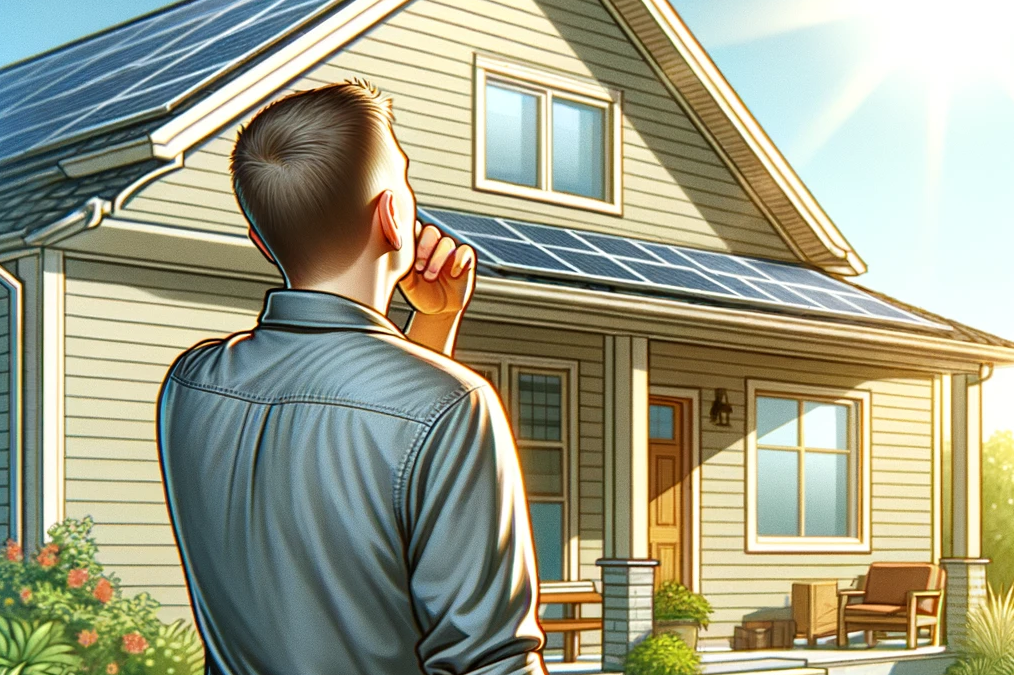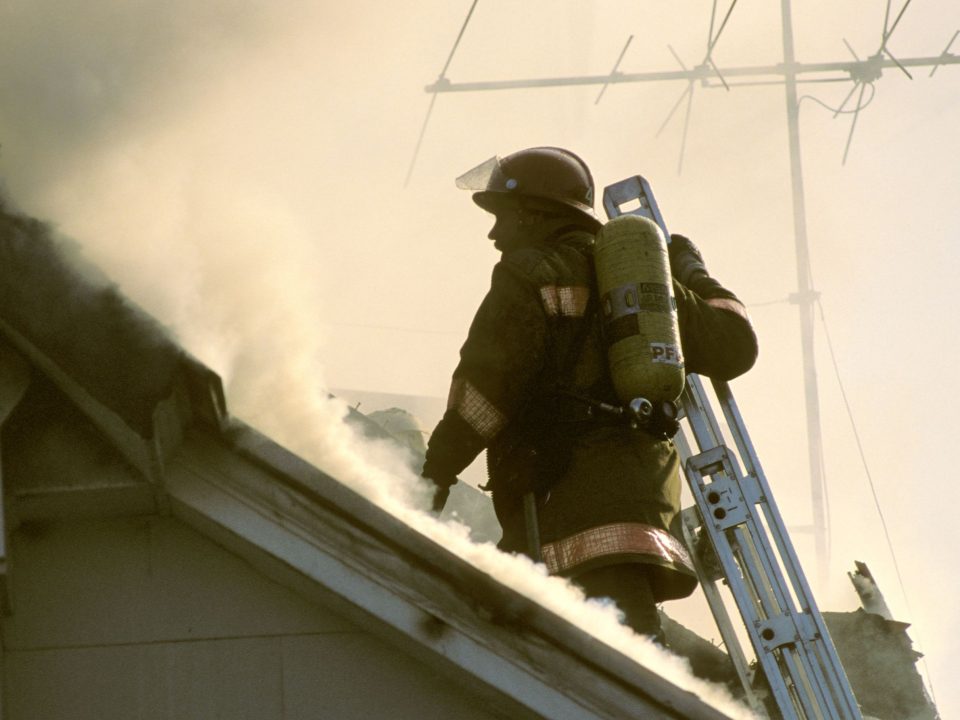How To Tell How Old Your Roof Is
Determining the age of your roof can often feel like a detective story where you piece together clues to reach a conclusion.
Whether you’ve just moved into a new home, are considering buying one, or simply trying to assess your current home’s needs, understanding the age of your roof is crucial. This knowledge can inform you about potential upcoming maintenance, necessary repairs, or even a full replacement.
Here’s how you find out.
Review Home Inspection Reports or Documentation
The first and perhaps easiest method to determine your roof’s age is to check any available documentation.
If you recently purchased your home, refer to the home inspection report provided during the buying process. These reports often include the age of the roof.
Alternatively, check any disclosure forms or past renovation permits filed by previous owners, which you can typically request from your local building department or municipality’s office.
Ask the Previous Owners
Sometimes, the most straightforward approach is just to ask.
If you maintain contact with the previous homeowners, inquire directly about the roof’s installation date and any subsequent repairs or replacements. They may also provide insights into the materials used and the company that performed the work, giving you a better understanding of the roof’s expected lifespan.
Look for Physical Signs
Observing the physical condition of your roof can offer valuable hints about its age. Here are a few signs to look for:
- Shingle Condition: If your roof has asphalt shingles, inspect them for signs of wear, such as curling edges, missing granules, or missing shingles. These symptoms usually indicate an older roof nearing the end of its service life.
- Sagging: A sagging roof is a sign of structural issues, possibly due to long-term wear and tear or inadequate support. This condition often suggests an older roof that may require immediate attention.
- Moss and Algae Growth: While moss and algae can grow on roofs of any age in damp, shaded areas, excessive growth is more common on older roofs where moisture has had more time to accumulate.
Consult with a Professional Roofer
If documentation is unavailable and physical inspection proves inconclusive, consulting with a professional roofing contractor can be your best bet.
A skilled roofer can assess your roof’s condition, estimate its age, and recommend any necessary actions. They can also identify the roofing material and evaluate its typical lifespan, giving you a clearer picture of your roof’s age.
Research the Lifespan of Roofing Materials
Different roofing materials have varying lifespans.
For instance, asphalt shingle roofs typically last 20 to 30 years, while metal roofs can last 40 to 70 years, and slate, tile, or copper roofs can have lifespans of 50 years or more. Researching these materials can help you estimate your roof’s age based on its current condition and known installation practices at the time it was built.
Knowing the age of your roof is essential for maintaining your home’s safety and value. While uncovering this information can require some investigation, the effort is well worth it. Remember, when in doubt, consulting with a roofing professional can provide you with the expertise and peace of mind you need to make informed decisions about your roof.
The Len Roofing & Remodeling Difference
When we say that we’re a top-quality home remodeling and roofing company that serves the North Shore and surrounding Chicagoland area, we back it up. We do more than simply cover the basics: we show up on time and nail it. For more information or to schedule a consultation, call 847-768-6000 or visit our contact page.




